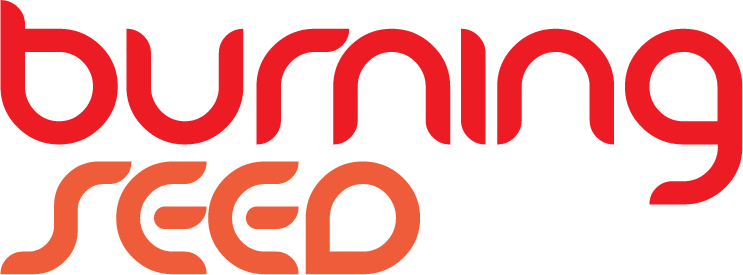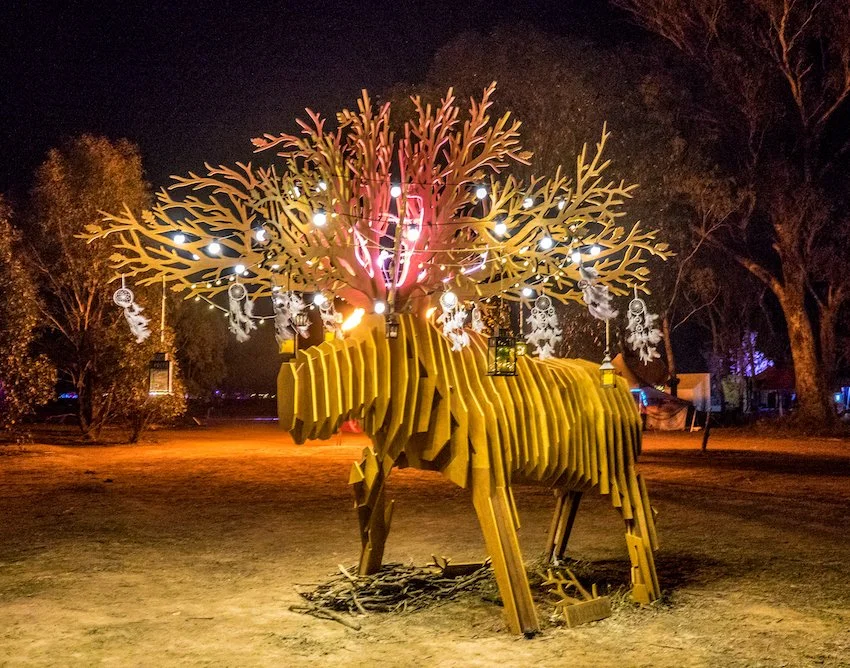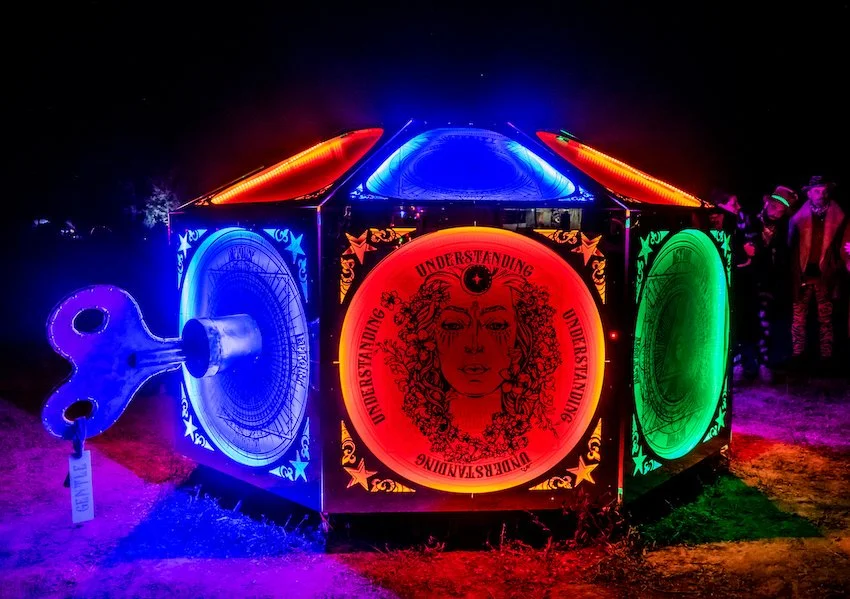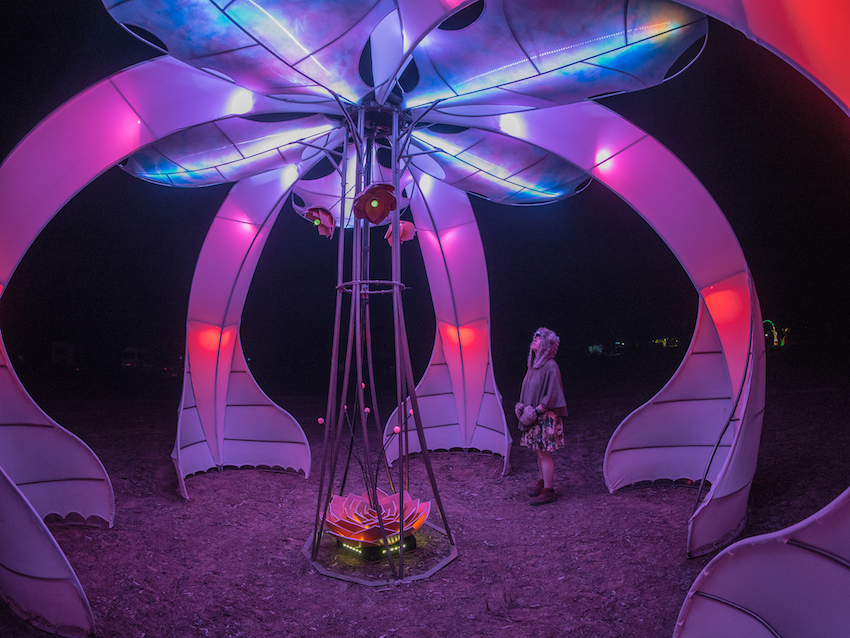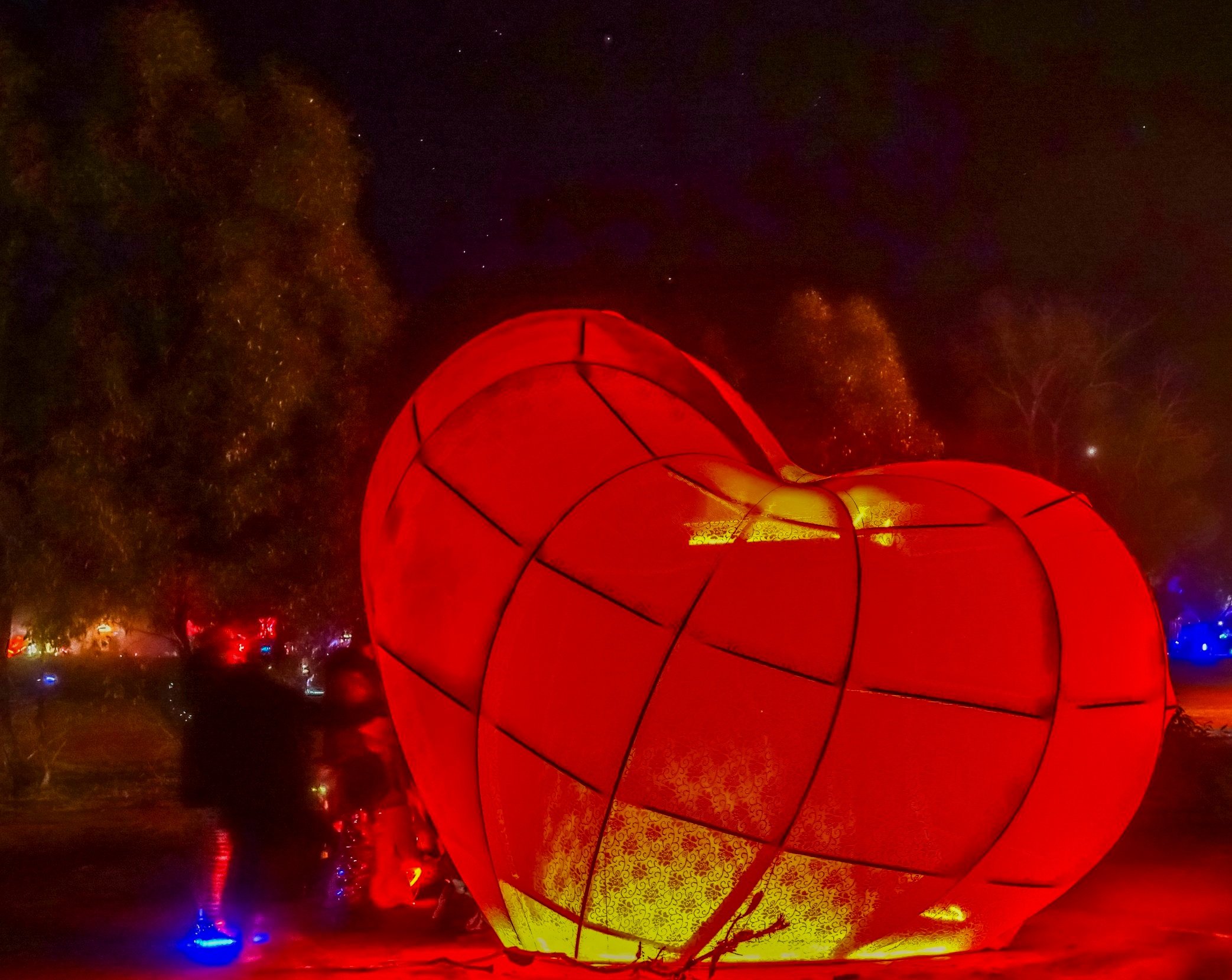
ARTERY
ART is the beating heART of Burning Seed
Deja You Crew, Love Booth 2018 Image: Randy Brophy
Make Art Happen
Whether it's big or small, creating an art project on the Paddock can take a lot of organisation. There's the distance, the weather, the transport, the crew... But fear not, intrepid artist! We've pooled the best of Burner know-how and outlined the top tips for bringing your creative spark to light and life at Red Earth City.
Work with the conditions
Aiste Strazdaite Megaloceros of Light 2019
Image: Randy Brophy
Tereasa Trevor Mystical Music Box 2019
Image Randy Brophy
Darby Bicheno, Astral Arbor 2016
Aiste Strazdaite Megaloceros of Light 2019
Image: Randy Brophy
Build ahead and do a dry run
Any work or pre-fabrication you can do ahead of time is a huge help and time saver. Try and get as much done as possible before you have to build your project onsite. Things are harder on site.
You should try to set up the entire project once before the event. This will allow you to test everything as thoroughly as possible. Of course, there may be things that are hard to determine before you get to the site, but doing a dry run is an invaluable opportunity for troubleshooting and improvement.
Planning is key
Things will go much more smoothly if you have created a building plan and schedule, as well as specifying who is in charge of what during the construction process. You get bonus points for waterproofing, making multiple copies and posting information prominently where your crew can find it easily.
Crew
Organise your crew! Make sure you have enough people to complete your work by the time Gate opens. Everyone should have everyone else’s contact details, understands their roles on the project and knows when everyone plans to arrive onsite. Mobile service can be patchy, so plan around this using runners or set times to be at your site.The Paddock may not provide
Don’t assume you’ll be able to find more community crew onsite. Sure, sometimes this happens, but you don’t want to rely on it to complete your project. And, besides, trying to find people to help takes time and effort away from making/having fun.Make it easy on yourself
Once you get out there, you will have to remember how everything goes together. You’ll be a much happier camper if you prepare your materials ahead of time so they are easy to use when in the paddock. Some ideas include: label boxes so you know what’s inside them, label pieces that go together and label your tools and equipment (power cords all look remarkably similar after a week on the paddock!)Make a packing list and check it twice.
Make a packing list and use it! Detail all the bits and pieces that you will need in order to realise your project onsite. Then check everything off of your list methodically as you pack to make sure you didn’t miss anything. Wagga Wagga is about an hour each way so nipping down to Bummers is not a good plan.Transportation
Can your Panda Civic really tow that huge trailer? Make sure you accurately assess what you need to transport and if you have vehicles that are really up to the task. If not, arrange transport ahead of time rather than waiting until the last minute to find the transport you need.
Look after yourself and each other. And make it fun!
No artwork is so important that it should break someone. Remember sunscreen, hydration, rest, good footwear, hats and all the things that keep you well. It is hard work out there. Having a dedicated team-carer on shift is a good idea.
Make it fun. Seriously. The best way to combat stress and distraction is to make working on the project exciting, interesting and enjoyable.
Leave No Trace and sustainability
Consider how your work will make use of repurposed/recycled/found materials, plans to reduce carbon footprint and environmental impact, re-use of the work and/or materials after the event. Beyond Leave No Trace…
Pack away, pack away, pack away… Think about everything you might need to dismantle and remove your work and how easy it will be to move. Do you need special equipment or supplies? If you plan on gluing something together, will you need a chainsaw to take it home? Is that a good plan? Probably not.
Red Earth City aka Matong State Forest is located in a floodplain and in wet years can be partially flooded. The Site Design Team will work with ARTery to determine the best locations for the works.
It can be rainy, windy, muddy, freezing or boiling etc. It is likely that your art will be subjected to one or more of the following conditions: lashing winds, torrential rain, dust storms, blazing sun, bitter cold (with the potential of high winds a particular hazard to keep in mind). Have you thought about their impact on your art? Will things melt, short out or blow over?
Make the most of the good weather conditions when they are around to make progress when building your work onsite. It can be hard to predict when they will change.
Build it
Your work site, including your building materials and tools must be kept safe at all times. When working after dark, if they are in piles on the ground, you must keep them lit during your construction and build phase.
All res stakes and star pickets must be capped, and any stakes or pickets over 10 cm deep must be approved.
Tools & machinery
The ARTery does not supply tools and machinery so please ensure you have made the necessary arrangements to bring your own or collaborate with others to share.
Make sure you bring all the tools that you will need onsite to build your project: hammers, tape, rope, buckets, drills, and saws. Think the whole process through step-by-step.
Power tools must be in good working order and preferably tagged and tested if you are allowing anyone but yourself to use them, particularly if they are more than 12 months old.
Heavy machinery must not be used by anyone who does not hold a valid, current ticket or certification to do so. Failure to abide by this may result in eviction from the site.
Backup supplies
Construction often doesn’t go as planned, and frequently there can be damage or other problems that occur to the project on-site. Do you have backup supplies/contingency plans to make sure you can repair things that might go wrong?
Power
Do you have the solar panels, batteries, power points, extension cords and lights that you need? Think about your power needs all the way from the source to the endpoint to make sure you’re not missing anything. Also, make sure you have what you need to secure and protect your electrical equipment. This year we will have power points available at the ARTery space for charging power tool batteries
Flames and Fire
If your project involves naked flames (and we don’t mean your hot ex.) whether it is a candle, a burn barrel or flame effects of any kind, you MUST have prior approval from FART and ARTery. All flammables will be subject to RFS permit conditions. Please refer to the Fire and Flame Effects page for more information.
All structures over 3m require approval and it is the responsibility of the artist to make sure you think about structural stability. You may be required to get an engineer to review your plans.
You must make a risk assessment considering the impact that participants interacting with the work will have as well as inclement weather affecting the stability of your installation.
It is also important to consider visibility at night - especially for guy wires, res or star pickets, even generators. You must ensure that these items and your installation (especially if it’s not a nighttime art feature) are well lit.
Other key considerations are wind loads, power and electrical elements not being exposed to people or water, trip hazards, fragile materials that are dangerous if broken and sharp edges or surfaces.
Children also attend the event so all safety considerations should bear this in mind
Safety and Visibility
We are all for innovation but DO research and consult those with experience – you avoid reinventing the wheel and resolve a lot of problems this way.
Participants will be interacting with your work and you are unlikely to be in attendance at all times and sometimes signage doesn’t work. If something is precarious, find a better way.
Conditions on site can change quickly so listen to the onsite team if they advise you during build.
Seek Advice...and take it
It all begins with an idea. Start to consider the many factors that affect your artwork in the Paddock environment and as the idea evolves decisions should be run through a few key filters to ensure your work is viable.
